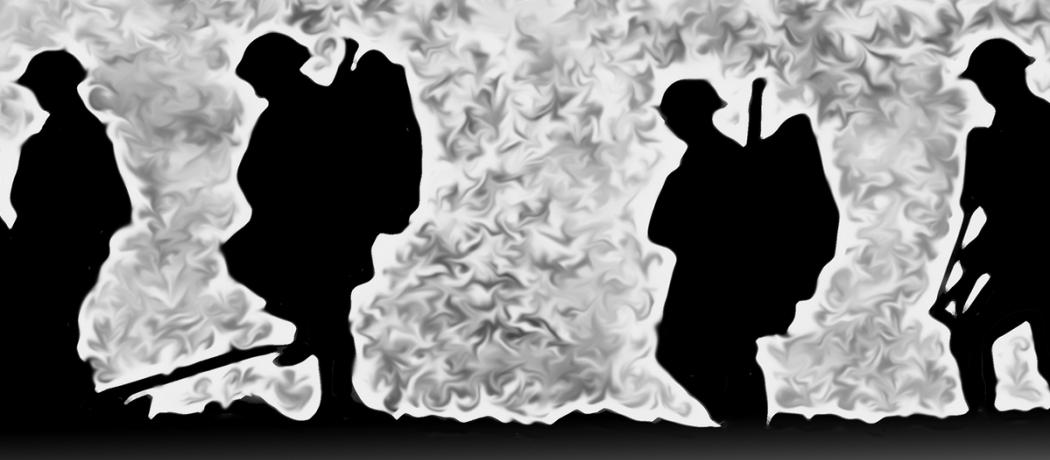This year the 11th hour of the 11th day of the 11th month marked the 100th anniversary of the end of the First World War. It all started on 28 June 1914 with a sniper bullet that killed the Archduke Franz Ferdinand of Austria during his visit to Serbia. Like dominos falling, Austria-Hungary, Germany, Russia, France, Britain along with Canada entered into war within weeks, and the United States entering the fight later. All of this happened well before I was born, but my then 20-year-old father served as a sublieutenant of horse artillery in the Hungarian Army.
The 4-year-long war became a worldwide disaster: 9 million soldiers from all nations were killed on the battlefields and millions of civilians were killed through direct attack, disease, or deprivation of various sorts.
In 1914 Canada was still a young nation—a dominion—a country of not yet 8 million people. Yet close to 610 000 men and women served in the Canadian Expeditionary Force. In addition, close to 9000 Canadians sailed with the Royal Canadian Navy and over 22 000 served as aircrew or ground crew with the British flying services. Of the men, 425 000 served overseas. The women serving were all nurses: of over 3000 enlisted, 2500 served overseas.
Close to 52 000 Canadian men and 46 nurses were killed in battle or died of their wounds. Artillery killed about 58% of the soldiers. Small-arms fire and mustard gas led to most of the casualties in the later stages of the war. Twenty-five Canadians were executed by firing squad for leaving their posts.
The only ray of sunshine, if it can be called that, was the triumph of preventive medicine. While trench fever and other ailments plagued soldiers, there were no instances of widespread illness or death from diseases. Fastidious attention paid to public health measures kept nonbattle-related losses manageable. Nonetheless, accidents claimed over 7000 soldiers.
The disposition of the medical units was complex. On the battle scenes, regimental aid posts removed the injured from the fire zone to advanced dressing stations, then to the main dressing station, where the injured underwent triage classification. The gravest cases were operated on immediately. The next stop was the casualty clearing hospital—usually close to a railway facility. Ambulance trains were equipped with emergency operating rooms, kitchens, dining rooms, sitting rooms, and sleeping births. These trains carried the injured to a base hospital from which hospital ships moved them to England, where Canadian soldiers were usually looked after in Canadian general hospitals or convalescent facilities. Those who recovered were subjected to physical drills and full training to return to the fighting forces. In contrast to the Second World War, where the military commanders’ cry was “send more tanks or planes,” in the First World War the military expected medical services to send more men back to the front lines.
This is all distant history now, revisited 100 times so far, once a year, on 11 November. It does not appear that we as a society have learned all the lessons that came out of the war; however, we do have a proud UBC connection to a more recent version of the Royal Canadian Medical Corps: Major General Victor McPherson, MD, CD, QHS, FRCSC. He was a graduate of the first UBC medical class in 1954 and served as the eighth Canadian Surgeon General.
—George Szasz, CM, MD
Suggested reading
Cook T, Stewart W. War losses (Canada). International Encyclopedia of the First World War. Accessed 13 November 2018. https://encyclopedia.1914-1918-online.net/article/war_losses_canada.
Foster G.L. War story of the Canadian Army Medical Corps. Accessed 13 November 2018. http://digital.library.upenn.edu/women/adami/camc/camc.html.
This posting has not been peer reviewed by the BCMJ Editorial Board.


